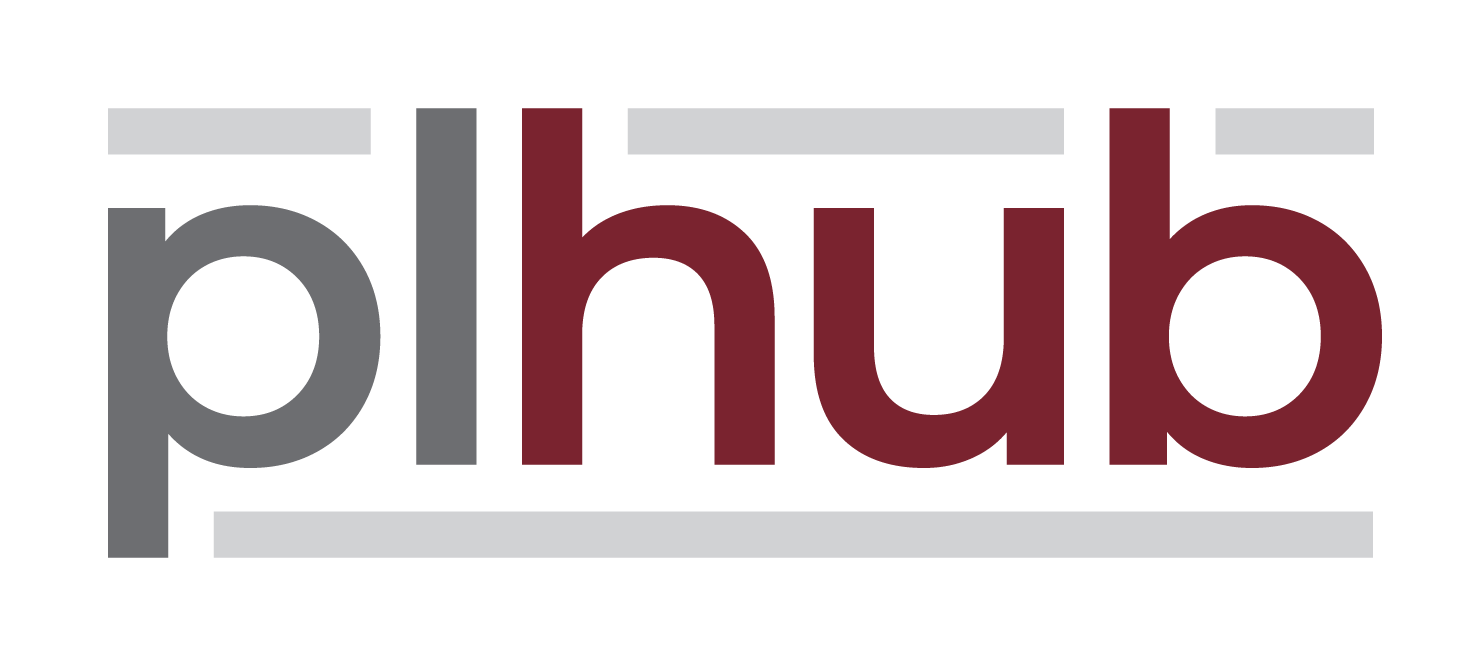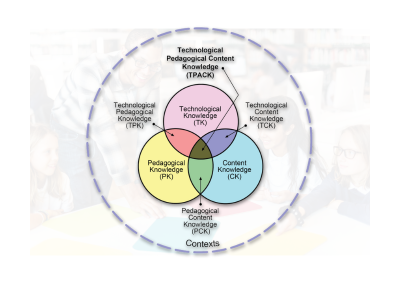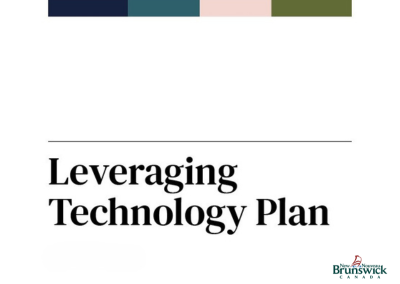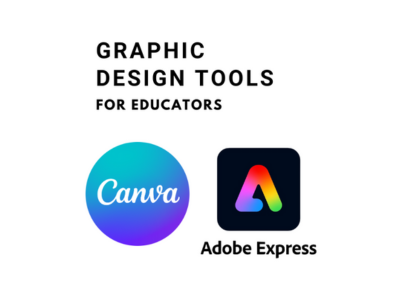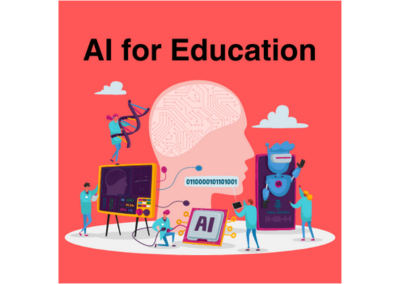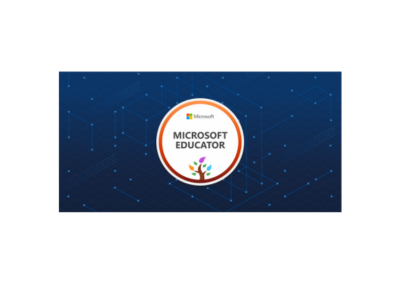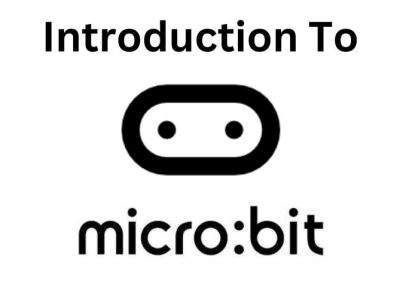Leveraging Technology Plan
Key Documents and TakeawaysWhat is the Leveraging Technology Plan?
Aligned with New Brunswick’s educational priorities, the Leveraging Technology Plan outlines a comprehensive vision to equip educators and learners with the competencies needed to thrive in a rapidly evolving digital world. The plan’s goals are:
Digital Literacy

Equipping every educator and learner with digital literacy skills as defined by the New Brunswick Digital Literacy Framework
Technology Integration

Embedding technology seamlessly into pedagogy and practice.
Personalized Solutions

Leveraging technology to meet individual educator and learner needs and optimizing time for teaching and learning.
“Technology opens up new opportunities for learning and enables learners to move beyond traditional boundaries.”
Why was the plan created?
This provincial plan is a shared vision for using technology to enhance learning while promoting equity and consistency across schools and is part of Building a Better Education System: Long-Term Recommendations For New Brunswick’s Anglophone Education System.
Developed by a team from Education and Early Childhood Development (EECD), the New Brunswick Teachers’ Association (NBTA), and anglophone school districts, the plan reflects the needs of the education system and streamlines efforts to address common challenges.
Who is it for?
While impacting everyone in the anglophone sector, this plan is intended for educators and leaders. It emphasizes equity, inclusion, and growth, focusing on how technology supports learning—not as the goal itself.
What’s inside?
Portraits outlining key skills, practices, and what to look for in a tech-integrated learning environment.


How do I get started?
Start by reflecting on your current successes and challenges. How are you already using technology to support learning? Where could an expanded approach enhance outcomes or improve efficiency?
Use the resources below to guide your reflection and set small, achievable goals. Collaborate with colleagues to share ideas and best practices. Explore the Additional Resources section for professional learning opportunities.
For a deeper assessment, consider using SELFIE, a free, anonymous survey from the European Union. It helps schools identify strengths and areas for growth in technology integration.
Learn more about SELFIE
What is SELFIE?
SELFIE is a free tool developed by the European Union (Education Area) to allow school communities to improve the use of technology for teaching and learning. It is comprehensive and extends across many facets involving the use of technology in the education system. It is an anonymous questionnaire styled self-reflective survey. It can lead to discussions and action plans for the school community to improve the use of digital technologies in the educational environment. Answering the questions takes about 20 minutes.
Who uses SELFIE?
It is best to have school leaders, educators, and students take part in SELFIE. A coordinator at a school will be identified to handle the setup administration. A basic initial setup will take about half an hour. A link for leaders, educators, and students can be created to be shared with those groups to respond to the survey. The anonymous survey is provided for a two-week period. Individual results are provided to the user, and the entire results are collated for the coordinator. SELFIE can be administered up to three times over a school year. The resulting collated (anonymous) data can then be examined and discussed for further integration into individual and/or school planning.
Made in Europe. Applicable to New Brunswick?
Yes, SELFIE reflects digital competencies that align with the Digital Learning Framework in New Brunswick. While a few words use European vernacular, the self-reporting is highly applicable to the New Brunswick education system. As well, schools can customize it by selecting and adding questions to suit their needs. The EU has permitted the survey to be used throughout the world, with global research supporting its development.
More Information
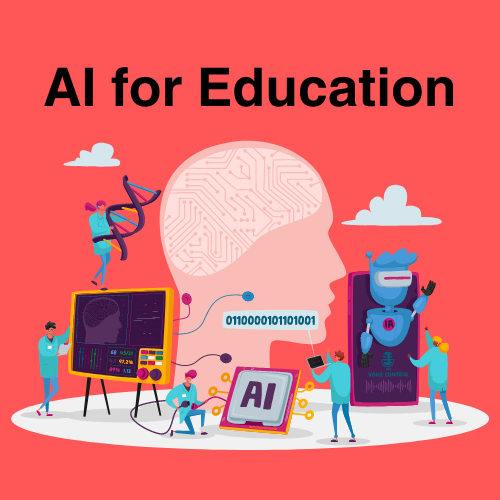
What About AI?
This plan focuses on learning goals, not just technology. EECD’s Recommended Approaches to Generative Artificial Intelligence provides guidance for K–12, emphasizing human input, privacy, and academic integrity. Learn more on the AI for Education page.
Additional Resources
Explore professional learning opportunities for technology integration. Click a heading to filter by topic. Need a starting point? Visit The Digital Learning Hub (nbed login required), for digital resources supporting NB teachers and students.
